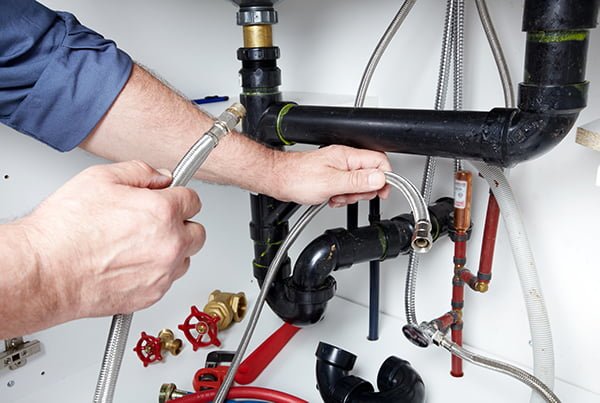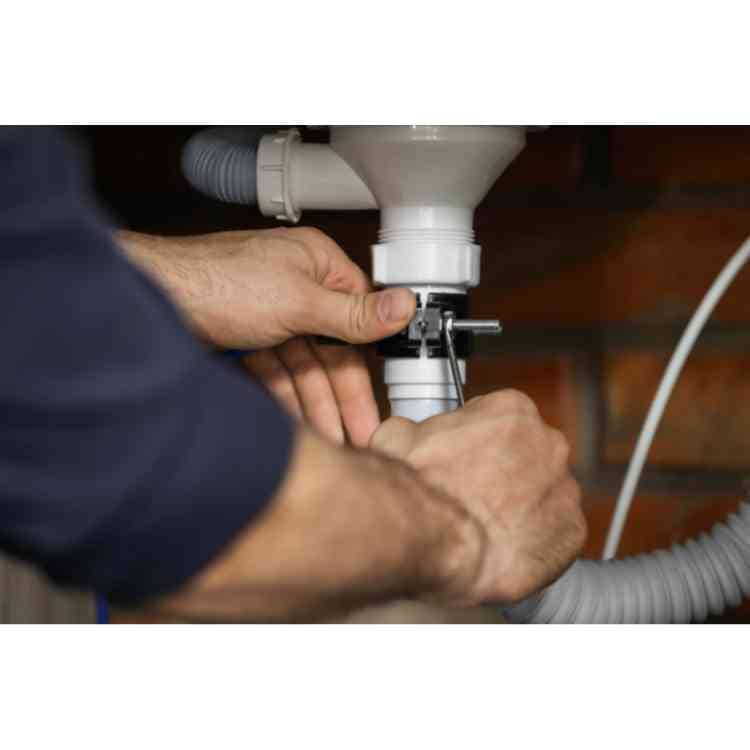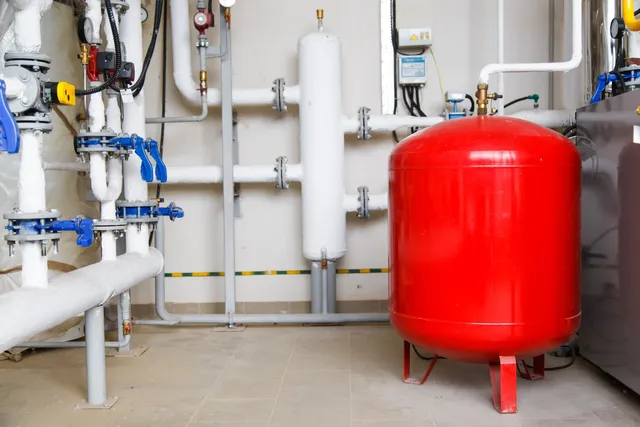Repairing or replacing a sump pump is crucial for preventing basement flooding and water damage. Here’s a step-by-step guide on how to handle Sump Pump Repair in Lincoln NE:
Step 1: Diagnose the Problem
- Check Power Supply: Ensure that the sump pump is receiving power. Check the circuit breaker or fuse box to see if a tripped breaker or blown fuse is the cause of the problem.
- Inspect Float Switch: Check the float switch to see if it’s stuck or obstructed. The float switch is responsible for activating the pump when the water level rises.
- Inspect Check Valve: Check the check valve, which prevents water from flowing back into the sump pit after the pump shuts off. A malfunctioning check valve can cause the pump to run excessively or cycle frequently.
- Check for Clogs: Inspect the pump and discharge pipe for any obstructions or debris that may be preventing proper operation.
- Test Pump: Test the pump by pouring water into the sump pit to see if it activates and pumps water out.
Step 2: Perform Repairs
- Clear Clogs: Remove any debris or obstructions from the pump and discharge pipe. Use a plumber’s snake or auger to clear stubborn clogs.
- Replace Float Switch: If the float switch is malfunctioning, replace it with a new one. Follow the manufacturer’s instructions for installation.
- Replace Check Valve: If the check valve is faulty or damaged, replace it with a new one. Ensure that the replacement valve is compatible with your sump pump model.
- Clean and Lubricate: Clean the pump and lubricate moving parts as needed to ensure smooth operation.
Step 3: Consider Replacement
- Evaluate Pump Age: Consider the age of the sump pump. If it’s nearing the end of its lifespan (typically 7-10 years), replacement may be a more cost-effective option than extensive repairs.
- Assess Damage: Assess the extent of damage to the pump. If the pump has suffered significant damage or has a history of frequent repairs, replacement may be the best solution.
- Consider Upgrades: If your current sump pump is outdated or undersized for your needs, consider upgrading to a newer, more efficient model with advanced features such as battery backup or Wi-Fi connectivity.
Step 4: Replacement
- Choose a Replacement Pump: Select a replacement sump pump that meets your specific needs and requirements. Consider factors such as horsepower, pumping capacity, and features.
- Shut Off Power: Before replacing the pump, shut off power to the sump pump circuit at the breaker box to prevent electrical shock.
- Remove Old Pump: Disconnect the old pump from the discharge pipe and remove it from the sump pit. Dispose of the old pump properly according to local regulations.
- Install New Pump: Install the new sump pump in the sump pit, ensuring that it’s level and securely positioned. Connect the discharge pipe and any necessary fittings according to the manufacturer’s instructions.
- Test New Pump: Test the new sump pump by pouring water into the sump pit and verifying that it activates and pumps water out effectively.
- Restore Power: Once the new pump is installed and tested, restore power to the sump pump circuit at the breaker box.
Step 5: Maintenance and Prevention
- Regular Maintenance: Implement a regular maintenance schedule for your sump pump to ensure it remains in good working condition. This includes cleaning the pump and pit, testing the float switch, and checking for leaks.
- Backup System: Consider installing a battery backup sump pump or water-powered backup system to provide additional protection in the event of a power outage or primary pump failure.
By following these steps and taking proactive measures to repair or replace your sump pump as needed, you can help prevent basement flooding and protect your home from water damage. If you’re unsure about performing repairs or replacement yourself, consult a licensed Sump Pump Repair in Lincoln NE for assistance.



